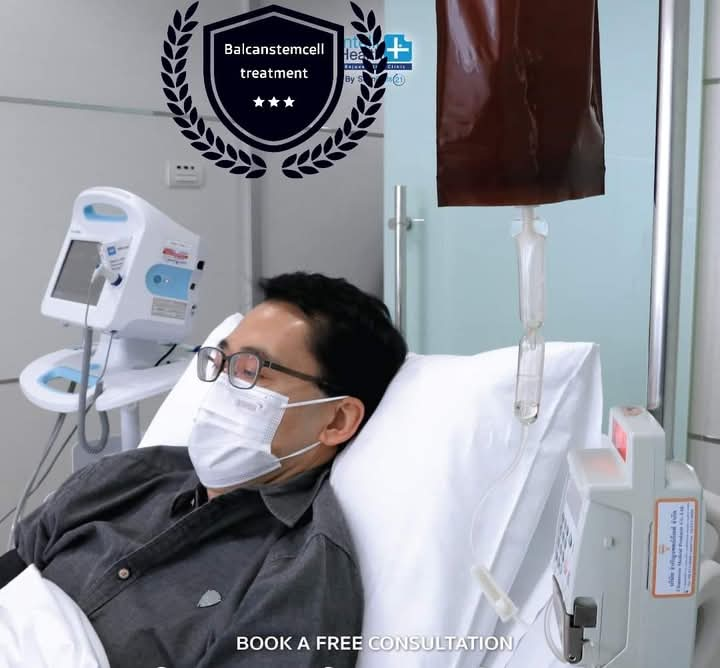By Pat Anson, PNN Editor
Immersing fibromyalgia patients in high levels of oxygen is more effective at treating their pain and other symptoms than two medications commonly prescribed for the disorder, according to a new study.
Researchers at Tel Aviv University have been studying hyperbaric oxygen therapy (HBOT) for years as a possible treatment for fibromyalgia, a poorly understood condition characterized by widespread body pain, headaches, fatigue, depression and insomnia.
Hyperbaric medicine is a form of treatment in which patients stay in a pressurized chamber and breathe 100% oxygen to help them heal faster. HBOT has long been used to treat infections, severe burns, carbon monoxide poisoning, and even scuba divers recovering from decompression sickness. The higher air pressure allows lungs to gather more oxygen than they would normally, and promotes the growth of new blood vessels and neurons in the brain.
In a 2015 study, researchers found that HBOT can also induce neuroplasticity in the brain and significantly reduce fibromyalgia pain.
“Until 15 to 20 years ago, there were doctors who believed that it was a psychosomatic illness and recommended that patients with chronic pain seek mental health care¸” said Shai Efrati, MD, of the Sagol Center for Hyperbaric Medicine and Research at Shamir Medical Center. “Today we know that it is a biological illness, which damages the brain’s processing of the signals received from the body. When this processing is malfunctioning, you feel pain without any real damage in related locations.”
Efrati and his colleagues recruited 64 adults who suffer from fibromyalgia as a result of a traumatic head injury, and randomly assigned them to two groups.
One group was exposed to 100% pure oxygen in a hyperbaric chamber for 90 minutes, five times a week for three months; while the second group received either pregabalin (Lyrica) or duloxetine (Cymbalta), two FDA-approved medications for fibromyalgia.
The study findings, published in PLOS One, show that HBOT induced significant improvement in pain levels, quality of life, and emotional and social function. The clinical changes were correlated with increased brain activity in the frontal and parietal regions of the brain, which are associated with function and emotional processing.

“The results were dramatic,” said Efrati. “At the end of the treatment, 2 out of 5 patients in the hyperbaric treatment group showed such a significant improvement that they no longer met the criteria for fibromyalgia. In the drug treatment group, this did not happen to any patient.
“In the group that received hyperbaric treatment, you could see the repair of the brain tissue, while in the control group there was only an attempt to relieve the pain — without treating the damaged tissue — and of course the medication group experienced the side effects associated with drug treatment.”
Duloxetine is an anti-depressant and pregabalin is an anti-seizure medication. Neither drug was initially developed to treat fibromyalgia, but were later repurposed as pain treatments.
“These drugs are not very effective,” said lead author Jacob Ablin, MD, from the Tel Aviv Sourasky Medical Center. “As a whole, existing treatments are not good enough. It is a chronic disease that significantly affects the quality of life, including young people, and hyperbaric medicine meets an acute need of these patients.”
Ablin says other non-pharmacological treatments are also beneficial for fibromyalgia, such as aerobic activity, hydrotherapy, cognitive-behavioral therapy and Tai Chi. He said quite a few patients request treatment with medical cannabis.
The studies are preliminary, and researchers say more long-term studies are needed to gauge the effects of HBOT after one, two and three years. But they’re encouraged by what they’re finding.
“This is a difference in approach: to cure instead of just treating the symptoms,” says Efrati. “Our goal as doctors is not only to treat the symptoms but to treat as much as possible the source of the problem, thus improving the quality of life of fibromyalgia patients.”

